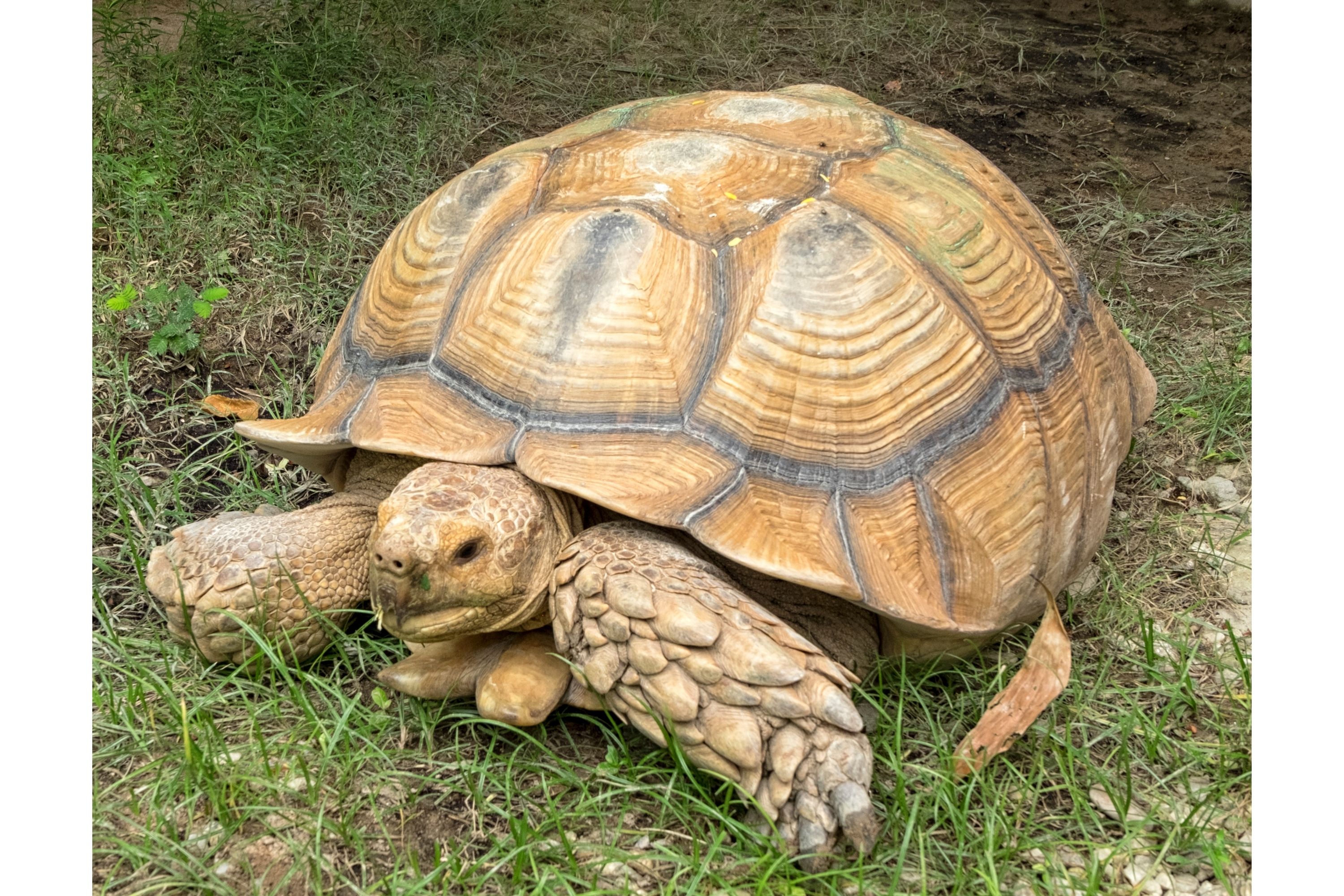Ploughshare Tortoise
(Astrochelys yniphora)

Description
The angonoka tortoise (Astrochelys yniphora) is a critically endangered species of tortoise severely threatened by poaching for the illegal pet trade. It is endemic to Madagascar. It is also known as the angonoka, ploughshare tortoise, Madagascar tortoise, or Madagascar angulated tortoise. There may be less than 400 of these tortoises left in the wild. It is found only in the dry forests of the Baly Bay area of northwestern Madagascar, near the town of Soalala (including Baie de Baly National Park).A captive-breeding facility was established in 1986 by the Jersey Wildlife Preservation Trust (now the Durrell Trust) in collaboration with the Water and Forests Department. In 1996, 75 tortoises were stolen, which later appeared for sale in the Netherlands. The project was ultimately successful, achieving 224 captive-bred juveniles out of 17 adults in 2004. Project Angonoka developed conservation plans that involved local communities making firebreaks, along with the creation of a park to protect the tortoise and the forests. Monitoring of the angonoka tortoise in the global pet trade has also continued to be advocated. The carapace is highly domed and light brown in colour with prominent growth rings on each scute. The outer parts of the vertebral are a darker brown. The gular scute of the plastron projects forward between the front legs and curves upward toward the neck. Males are larger than females, reaching a carapace length up to 17 in (43 cm). The average length of an adult male angonoka tortoise is 414.8 mm (16.33 in) and the average weight is 10.3 kg (23 lb). Females measure at a 370.1 mm (14.57 in) average and weigh 8.8 kg (19 lb) on average. In the wild, this species is only found in Madagascar, where it is endemic to the dry forests in the Baly Bay area of northwestern Madagascar, near the town of Soalala (including Baie de Baly National Park). The distribution is 25 to 60 km2 (9.7 to 23.2 sq mi) in range around Baly Bay. The Baly Bay region is made up of savanna, mangrove swamps, and dry deciduous forest. They make use of bamboo-scrub habitat which is made up of different types of shrubs, savanna grasses, bamboo, and open areas with no vegetation. The flora includes shrubbery usually under 2 m (6 ft 7 in) in height, such as Bauhinia and Terminalia species, and Perrierbambus madagascariensis bamboo, which forms dense thickets. The elevation of this area is under 50 m (160 ft) above sea level.
Taxonomic tree:







